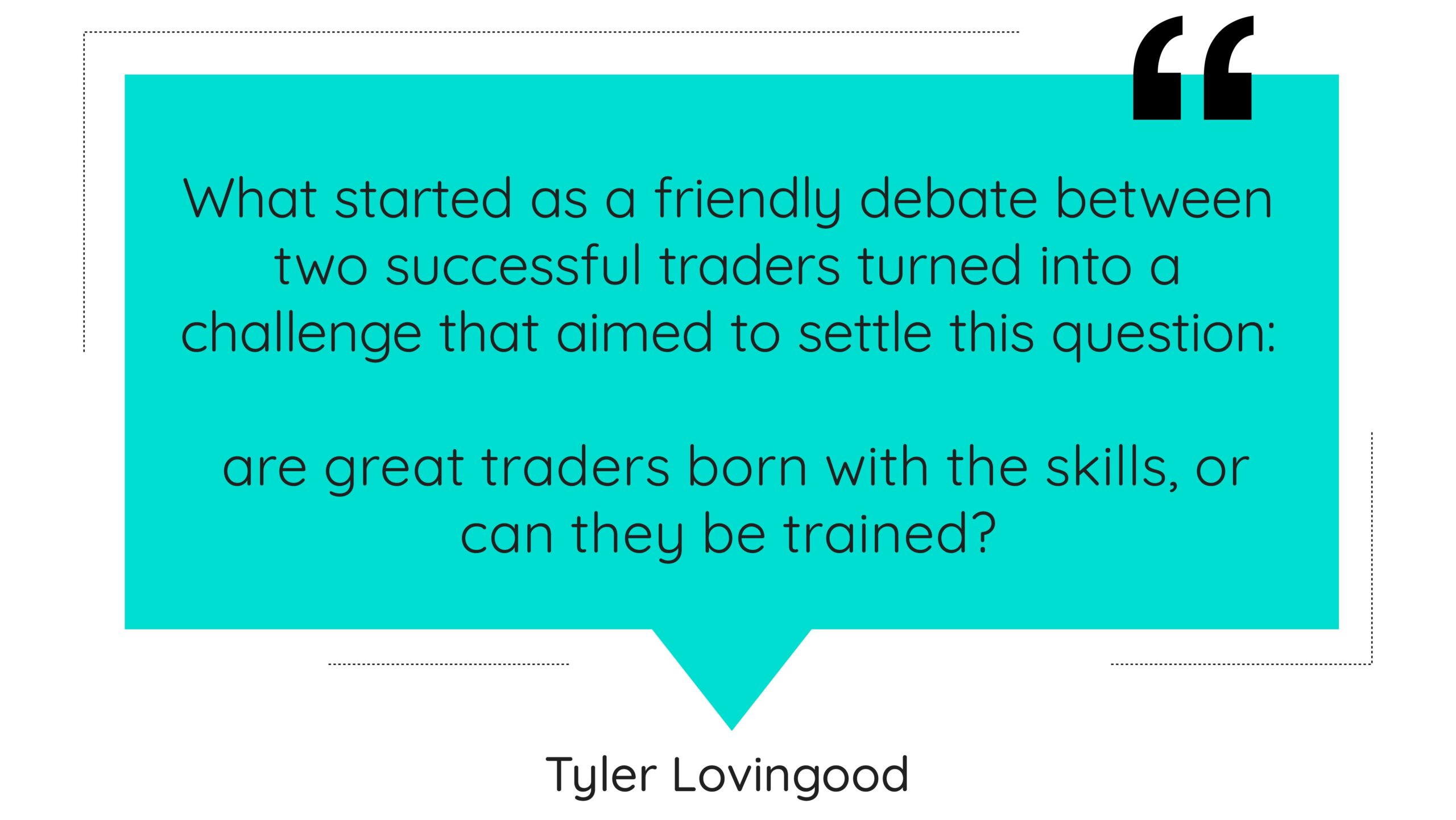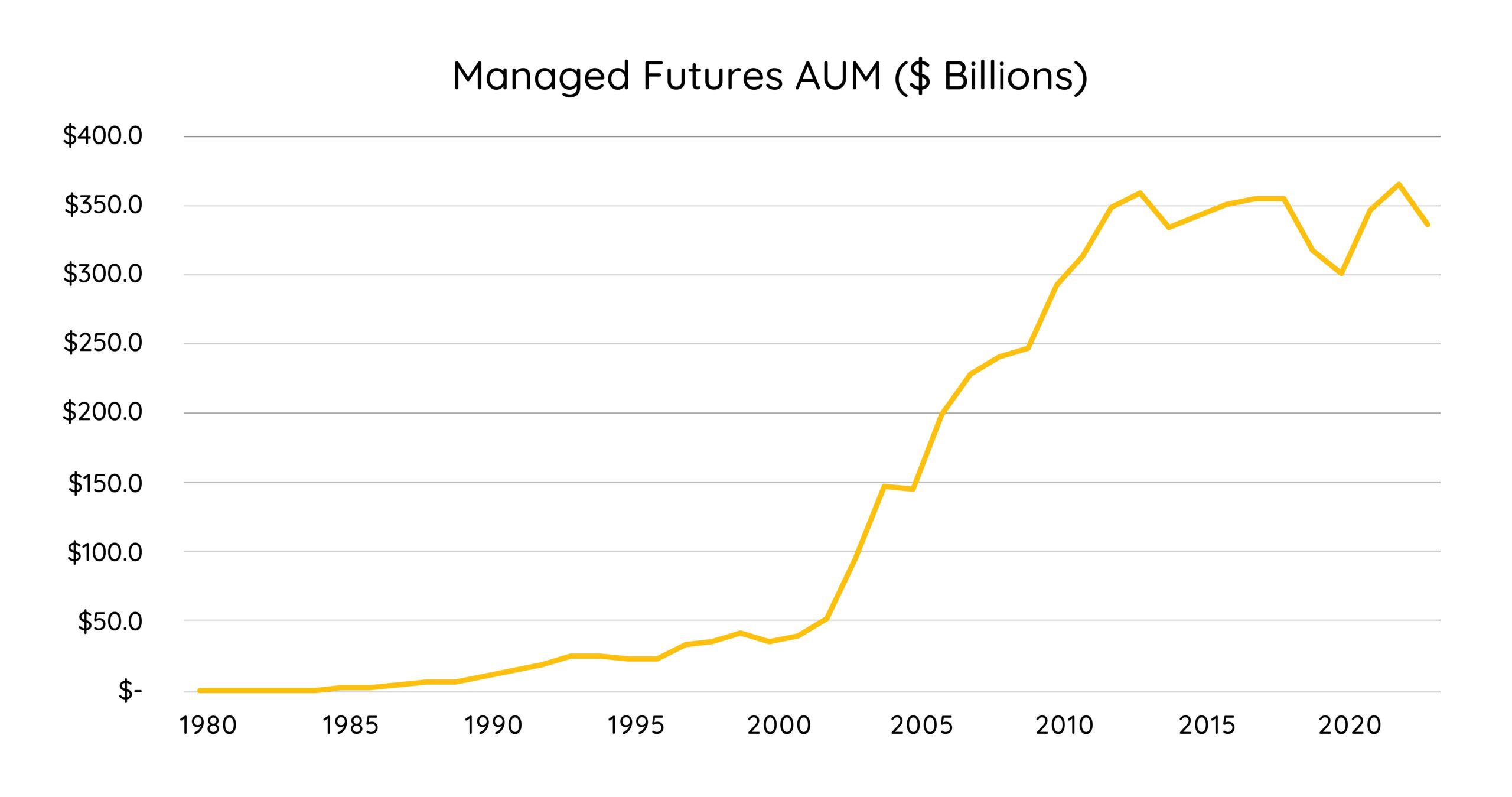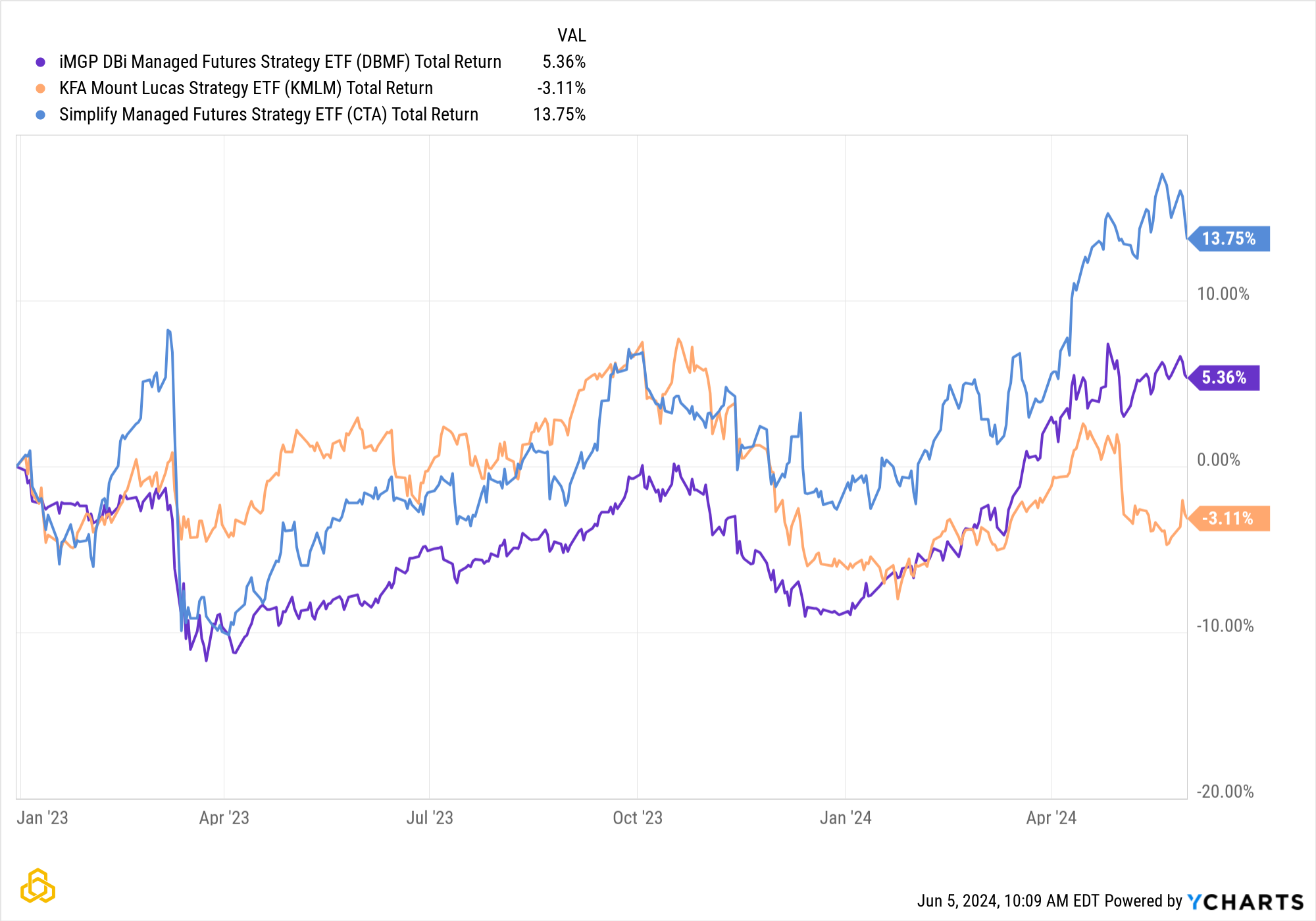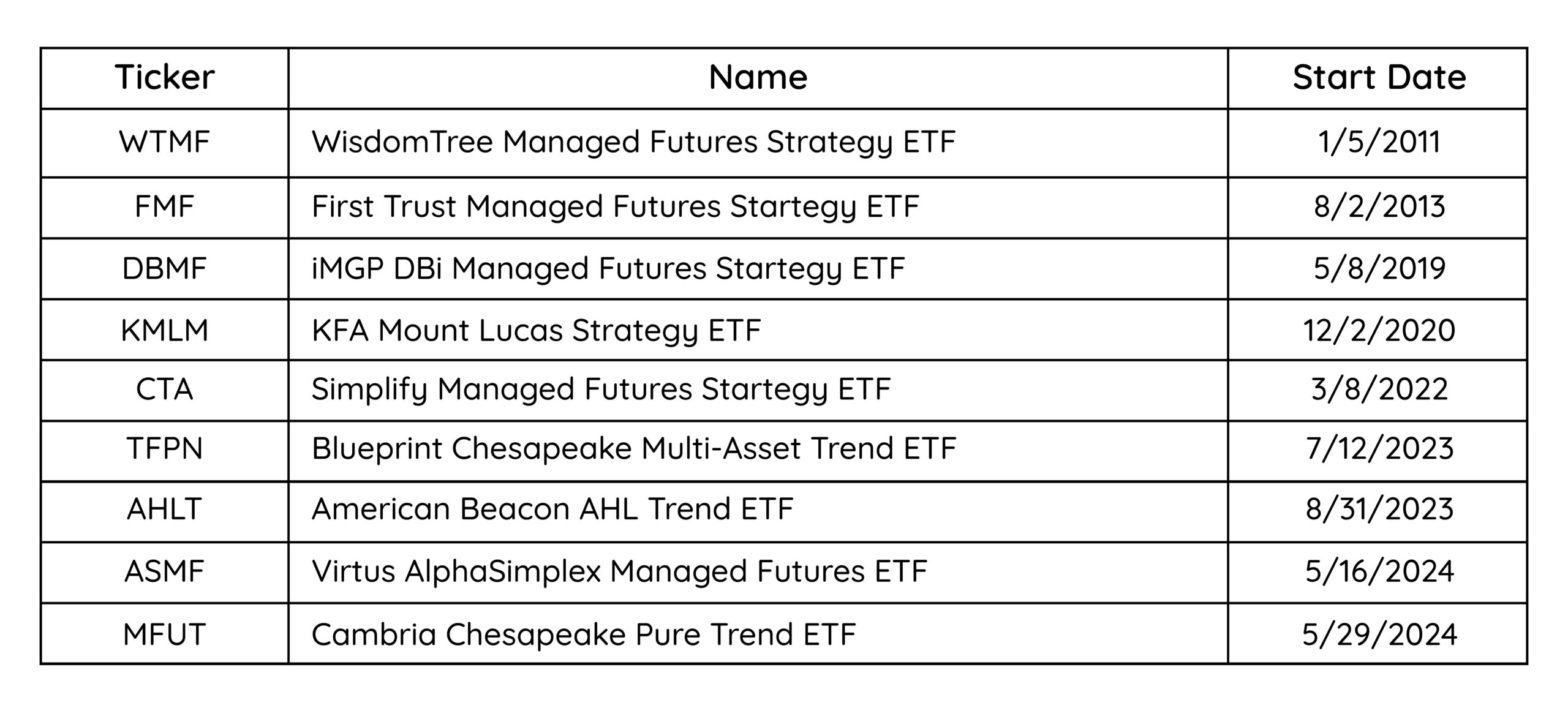
A legendary experiment in the early 1980s involved a group called the “Turtle Traders.”
What started as a friendly debate between two successful traders turned into a challenge that aimed to settle this question: are great traders born with the skills, or can they be trained?

According to former turtle trader Russell Sands, the group made more than $175 million during the “experiment”, suggesting that great traders can indeed be trained.
Trend Following
The trading method that the turtles were taught is known as trend following. In the purest form, trend following uses only price as an input to the trading models. Assets (traditionally futures contracts) which are rising are bought, and assets that are declining are sold short.
The strategy’s crux lies in its risk management. This is done by limiting the losing trades to a minimal amount while letting the winners continue until the trend ends. The second main feature is being agnostic of trend direction while applying the method across all asset classes. The strategy will take a short position as easily as it will take a long position.
Historically, this type of strategy has resulted in low correlation to major asset classes while excelling during times of crisis. Over 40 years after the turtles began their training program, an entire industry has formed around the method.
The Commodity Trading Advisor
To clarify lingo around the subject, here is a simple explanation: Trend followers typically trade futures, so the term “managed futures” is used. Legally registering to deploy a managed futures strategy for investors yields the title: “Commodity Trading Advisor” or CTA for short.
As of the end of 2023, assets under management by commodity trading advisors were over $336 billion (Barclay Hedge).

Source: Barclay Hedge. Data as of Dec. 31, 2023.
Why Does this Matter Today?
The latest innovation in the managed futures space has been the launch of several ETFs (one of which is by a former turtle manager). Traditionally, managed futures strategies have been launched only in the private or mutual fund format with high minimum investment requirements.

The ETF structure allows a broader audience to access the strategy with lower fees and smaller minimums.
The big three
The managed futures ETF with the most assets under management is the iMGP DBi Managed Futures ETF (DBMF). This ETF (to my knowledge) is the first attempt at replicating commodity trading advisor performance with methods that do not use price as the input in the trading model.
Replication methods try to capture the performance of the broad CTA industry while charging lower fees than competitors. The fund will have alpha if it can come close to performance and charge lower fees.
There is great debate between trading via price signals only and using replication methods with alternative data.
This leads us to the second-largest managed futures ETF. The KFA Mount Lucas Managed Futures Index Strategy ETF (KMLM). There are two main differences between KMLM and DBMF:
- No replication. Signals are taken directly from price.
- Exclusion of equities. KMLM doesn’t trade any stock or stock index futures.
These differences may cause the results of the funds to diverge. As shown by the chart below, this has happened so far in 2024 (through 5/31). DBMF has captured the uptrend in stocks, while KMLM hasn’t.

The third largest ETF is the Simplify Managed Futures Strategy ETF (CTA). This fund exposes the final style of managed futures trading: the multi-strategy fund.
While in the same category of managed futures, this ETF differs significantly under the hood. Four models are combined to create an overall strategy, which includes price trend, mean reversion, carry, and risk-off. Equity futures are also excluded to reduce correlation with equity-dominated portfolios.
results
The chart below begins on Jan 1, 2023, and ends on May 31, 2024.

As shown by the results of the three ETFs, all are similar strategies but have had different ending results. The winner, in this short period, has been the multi-strategy fund CTA by Simplify.
Note that while all three funds are in the same category, differences in trend speed and weights to different positions can and do lead to different outcomes.
recap
Generally, the Commodity Trading Advisor deploys a managed futures strategy, which is predominantly trend-following. Managed futures may also take the form of many different strategies other than price-only trend-following.
Replication, which DBMF employs, is the hot topic of the day. KMLM uses only price as an input but with a wrinkle; it excludes stock futures and has struggled in 2024 as a result. CTA is a multi-strategy fund that adds diversifying systems alongside trend following, with the goal of achieving a better return stream.
The managed futures ETF boom has only begun; there are already many more funds available than the three discussed here. However, as with other ETF categories, a close look under the hood is prudent.
For further study, here is a list of the funds in the category sorted by launch date.

All data is from YCharts and BarclayHedge as of 5/31/2024.
Potomac Fund Management ("Potomac") is an SEC-registered investment adviser. SEC registration does not constitute an endorsement of the advisory firm by the SEC nor does it indicate that the advisory firm has attained a particular level of skill or ability. This information is prepared for general information only and should not be considered as individual investment advice nor as a solicitation to buy or offer to sell any securities. This material does not constitute any representation as to the suitability or appropriateness of any investment advisory program or security. Please visit our FULL DISCLOSURE page. Potomac does not make any representations or warranties as to the accuracy, timeliness, suitability, completeness, or relevance of any information prepared by any unaffiliated third party, whether linked to the Potomac website or incorporated herein, and takes no responsibility for any of this information. The views of Potomac are subject to change and Potomac is under no obligation to notify you of any changes. Different types of investments involve varying degrees of risk, and there can be no assurance that the future performance of any specific investment or investment strategy will be profitable or equal to any historical performance level.
PFM-618-20240605
